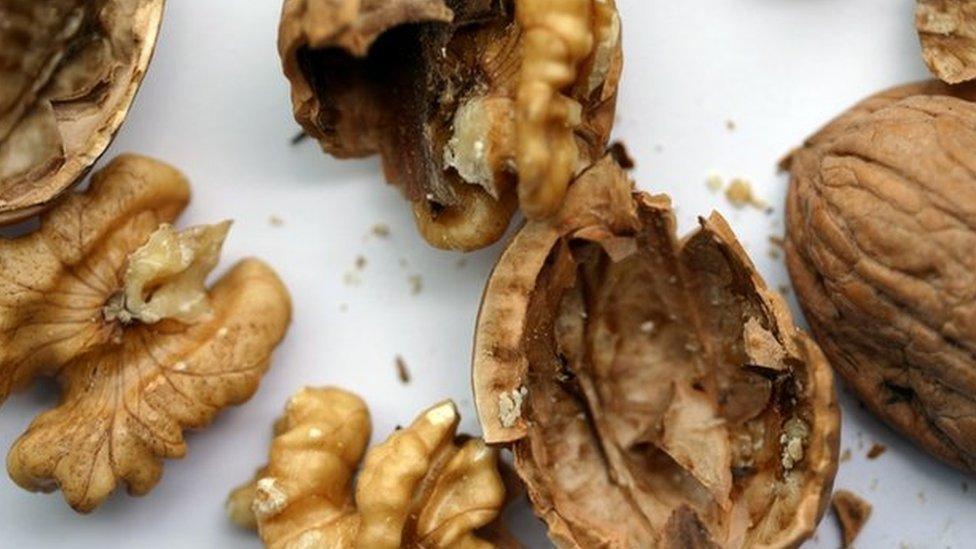Council election 2017: Battles to watch
- Published
With the general election happening just over a month later there will be more interest than usual in this year's council elections, taking place on 4 May.
Where could the Liberal Democrats make a resurgence? Where might Labour and the Conservatives lock horns?
Where is Plaid Cymru in play, and what kind of role will independent councillors have in this election?
Here are some of the authorities where these questions will come to the fore as the results roll in on 5 May.

Cardiff
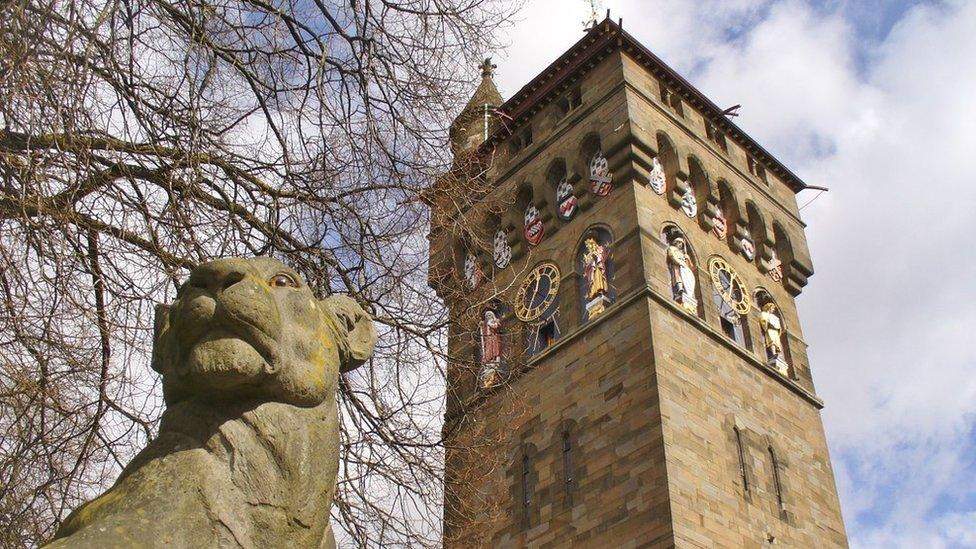
Can Labour hold on to the largest authority by population served in Wales? Can Jeremy Corbyn's leadership prove to be an asset rather than a liability in Wales' metropolitan capital?
The risk for the party is that it is hit on three sides by the opposition groups - with the Liberal Democrats stronger in the centre of the city, the Tories stronger in the north and Plaid in the west.
Can Labour fend that off and retain control, or will they lose out to rival parties on 4 May?
It regained control of the capital at the last elections in 2012 from a Lib Dem-Plaid Cymru coalition.
Since then the Labour group has been hit by internal rows - largely based along personality lines - and there has been a change in leader since the last election.
By-elections and quitting councillors have also contributed to its majority being shaved from 17 to six over the course of the term.
There are currently 39 Labour councillors, with 17 Lib Dems, 9 Conservatives, 5 Plaid Cymru and two independents.
There are 75 Labour candidates, 75 from the Liberal Democrats, 59 in Plaid Cymru, 75 Conservatives, 14 Greens, 12 UKIP candidates, 5 independents and 17 others.

Carmarthenshire
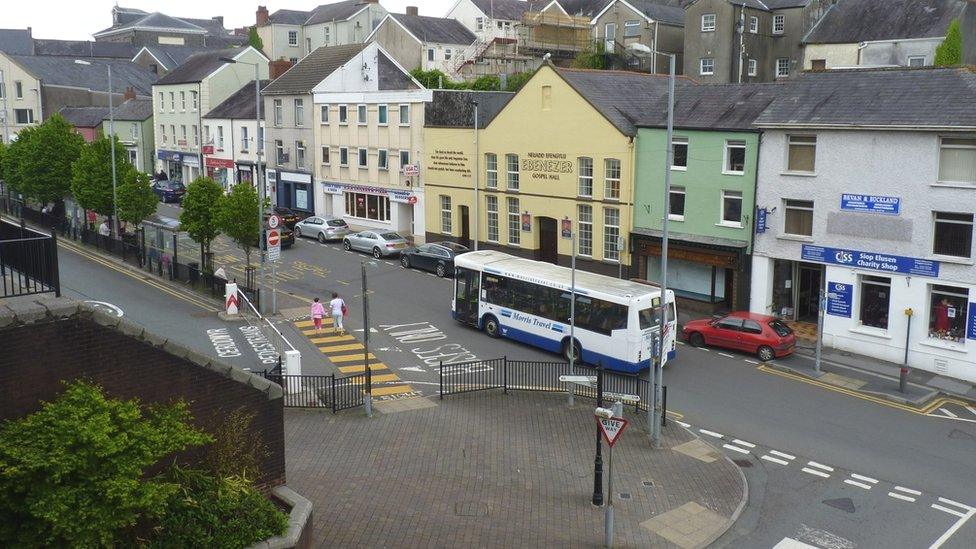
This west Wales council has historically been a good example of a Labour/Plaid Cymru tussle with a significant independent presence.
At the last election Plaid lost two seats overall, while Labour gained 12.
Labour led a coalition with independents until 2015 when a coalition of Plaid Cymru and independent councillors took control.
The authority has been in the news in recent years, with controversy over the pay of chief executive Mark James, and a libel case also involving the senior officer.
Plaid Cymru, which is fielding the most number of candidates at 66, will want to boost its numbers and retain leadership of the authority. Labour will, naturally, want it back.
And how will independent numbers affect who eventually takes the helm?
The authority currently has 29 Plaid Cymru councillors, 22 Labour and 20 classed as independent, two classed as independent unaffiliated and one classed as People First.
Plaid Cymru has 66 candidates, while Labour has 54. There are 52 independents running, as well as 21 Conservatives, 12 UKIP candidates, six Lib Dems, one Green and two others.
Four seats, where the numbers of candidates nominated mean there is no competition in the wards concerned, will be uncontested.

Wrexham
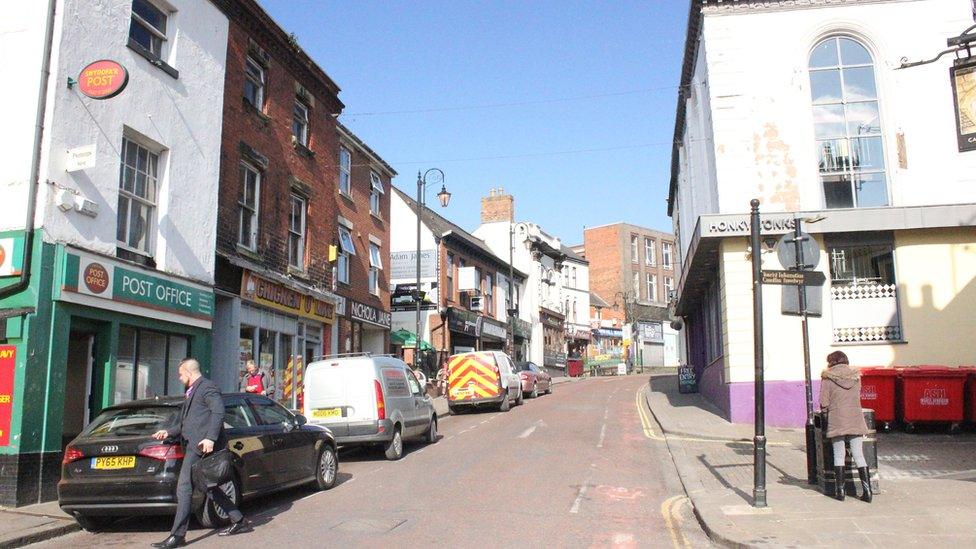
Independents play a big role in local government in Wales.
There have a large presence in many of Wales' authorities, including Wrexham, where they are in control.
That only happened after Labour lost control of the authority, however, with ten Labour councillors quitting the party group in 2014.
With a highly-charged general election campaign taking place at the same time, can independents in Wales make their voices heard?
Can the Conservatives, who are tipped in the north east for general election gains and have a role within the ruling administration, make gains in Wrexham?
And can Labour recover lost ground or Plaid make any headway?
Wrexham currently has 20 independents, 12 Labour, five Conservatives, five Liberal Democrats, eight in the Wrexham Independent group and two Plaid Cymru councillors.
For the election there are 62 independents standing, 39 Labour candidates, 20 Conservatives, 15 Plaid Cymru, 13 Liberal Democrats, three UKIP, two Greens and two others.
Three seats will be uncontested.

Swansea
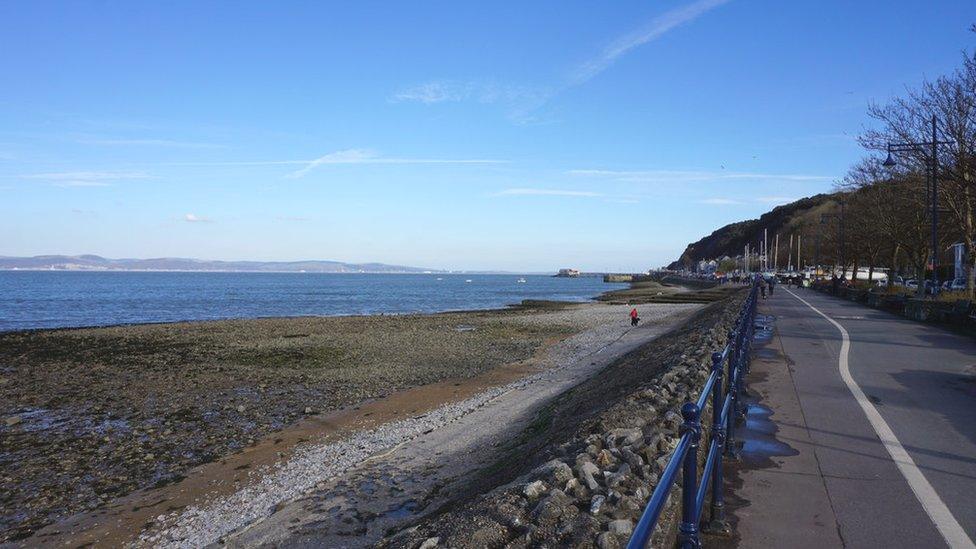
Swansea was one of the authorities Labour won control of at the 2012 council elections.
But could it be an authority that serves as an opinion poll ahead of the general election the month later?
This time Labour's 72 candidates will be facing 70 from the Conservatives, in an election that comes two years after the latter party's shock general election victory in Gower.
Can Swansea county Tories solidify that gain by winning seats in the area, despite the fact that the party has few councillors currently?
Labour won the authority from a Liberal Democrat-led coalition, when the Lib Dems lost 10 seats. Can the party make a re-bound?
At present Labour has 47 councillors, versus 11 Liberal Democrats, four independents, three Conservatives, three in the Independents@Swansea group, two non-aligned and two others.
Labour are fielding 72 candidates in Swansea, versus 70 from the Tories, 25 from the Lib Dems, 17 from Plaid Cymru, 11 independents, eight Greens, seven UKIP and 17 others.

Bridgend

If the council elections are going to be any kind of indication of how the parties might do ahead of the snap election in May, it will be authorities like Bridgend that we will be keeping an eye on.
It is here, at Brackla Community Centre, where the prime minister took her general election campaign to Wales.
Theresa May was parking her Tory tanks on Labour's lawn, in the backyard of First Minister Carwyn Jones, and the Tories have been eyeing the seat for some time.
The irony is that the Conservatives are only fielding 36 candidates, although that is more than any other party except Labour.
If the Tories fail to get many councillors elected, will that be any indication of how the party may do in June - and will Mrs May's visit begin to look overly optimistic?
Or will Labour voters stick with the party for the locals, and go elsewhere for Westminster?
Labour currently has 31 Labour councillors, with 16 independents, three Liberal Democrats, one Conservative and one Plaid Cymru member.
Labour is standing 54 candidates, against 52 independents, 36 from the Conservatives, 18 Plaid Cymru, six from the Liberal Democrats, four in the Greens, one UKIP and two others.

When will the results be declared?
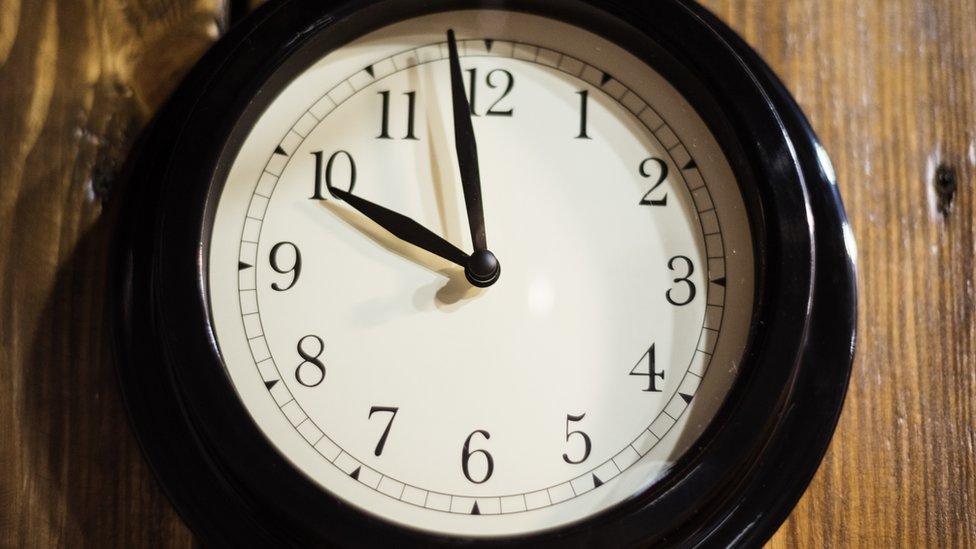
Not all councils will have fully declared by early Friday morning
Most but not all councils count overnight. Nine out of the 22 will not start full counts until the next day.
Overnight counts:
Merthyr Tydfil
Blaenau Gwent
Flintshire
Wrexham
Monmouthshire
Bridgend
Neath Port Talbot
Swansea
Ceredigion
Torfaen
Newport
Cardiff
Vale of Glamorgan
Friday counts:
Caerphilly
Denbighshire
Conwy
Carmarthenshire
Rhondda Cynon Taf
Powys
Isle of Anglesey
Pembrokeshire
Gwynedd
Although the results should be known by Friday evening, unless a party wins an overall majority of seats on a council, it may be days or even weeks before the political make-up of the administration or cabinet to run the authority is agreed.
- Published25 April 2017
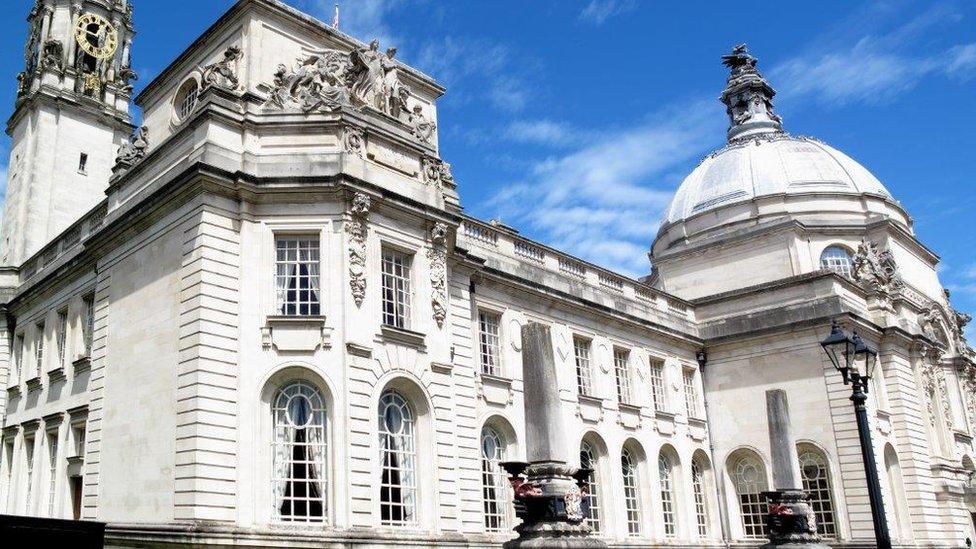
- Published26 April 2017
